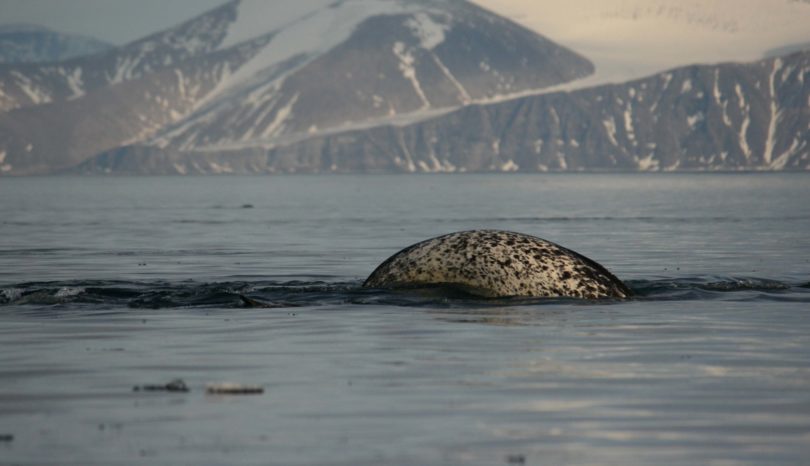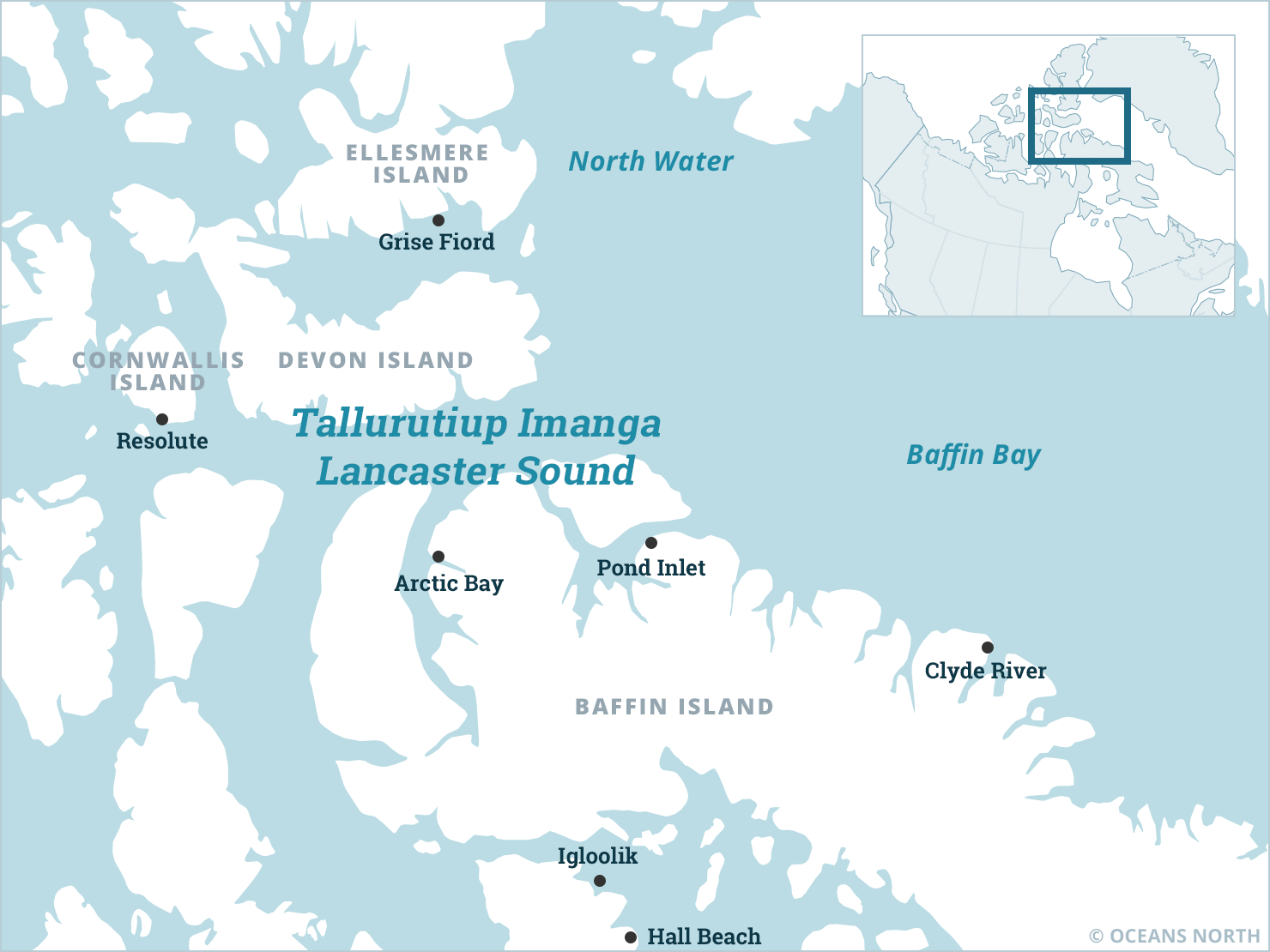Located at the eastern entrance to the Northwest Passage, Tallurutiup Imanga, also known as Lancaster Sound, is a region of spectacular fjords, jagged mountains and tidewater glaciers and is home to Inuit who have long relied on its rich biological productivity. Recognized for its environmental and cultural importance, Tallurutiup Imanga is the site of a national marine conservation area (NMCA) that protects its waters for future generations.
Related Resource
Tallurutiup Imanga
Poetry and images explain why Lancaster Sound, known now as Tallurutiup Imanga, needs to be protected.
Video © The Pew Charitable Trusts and Ducks Unlimited.


